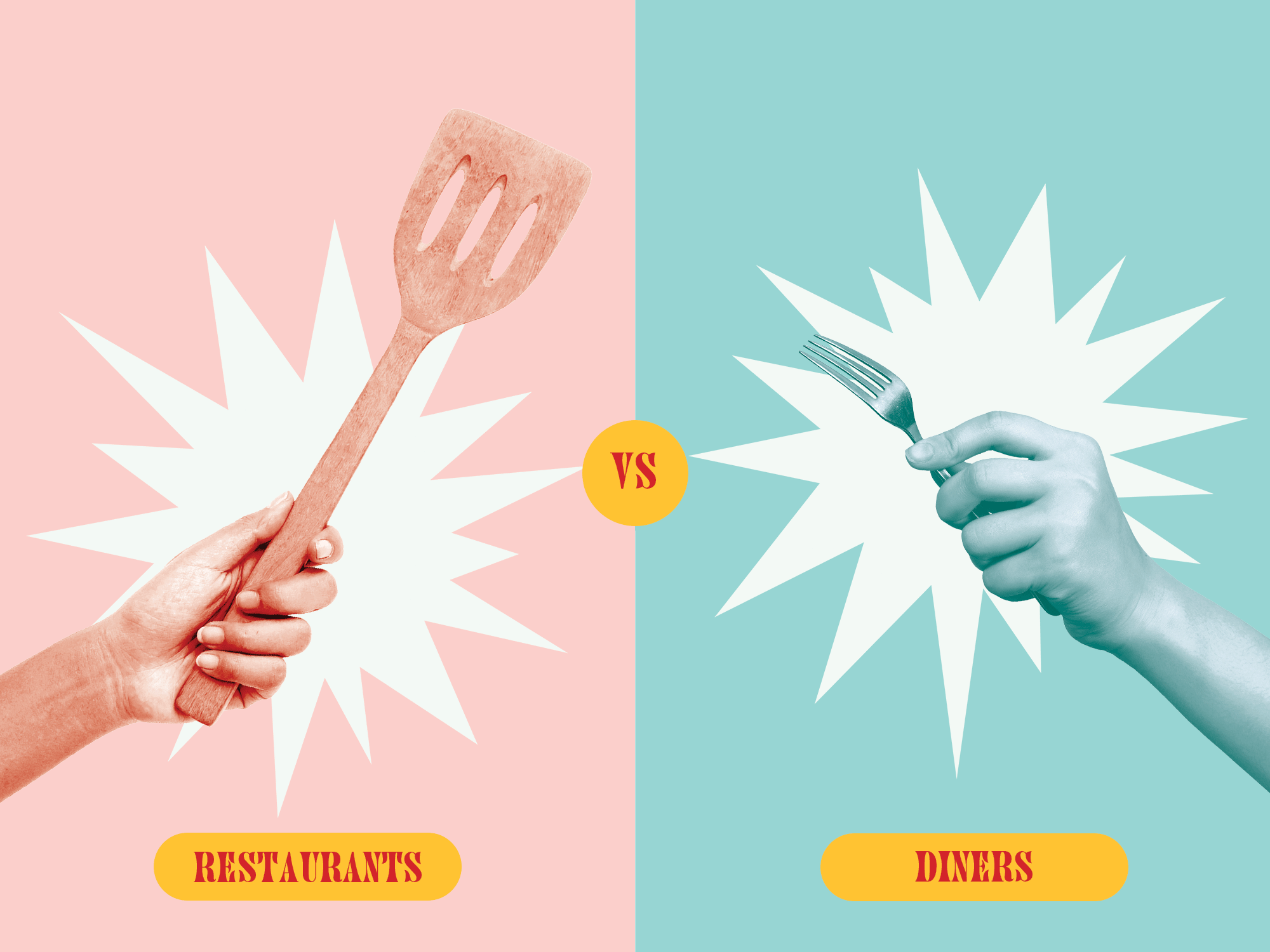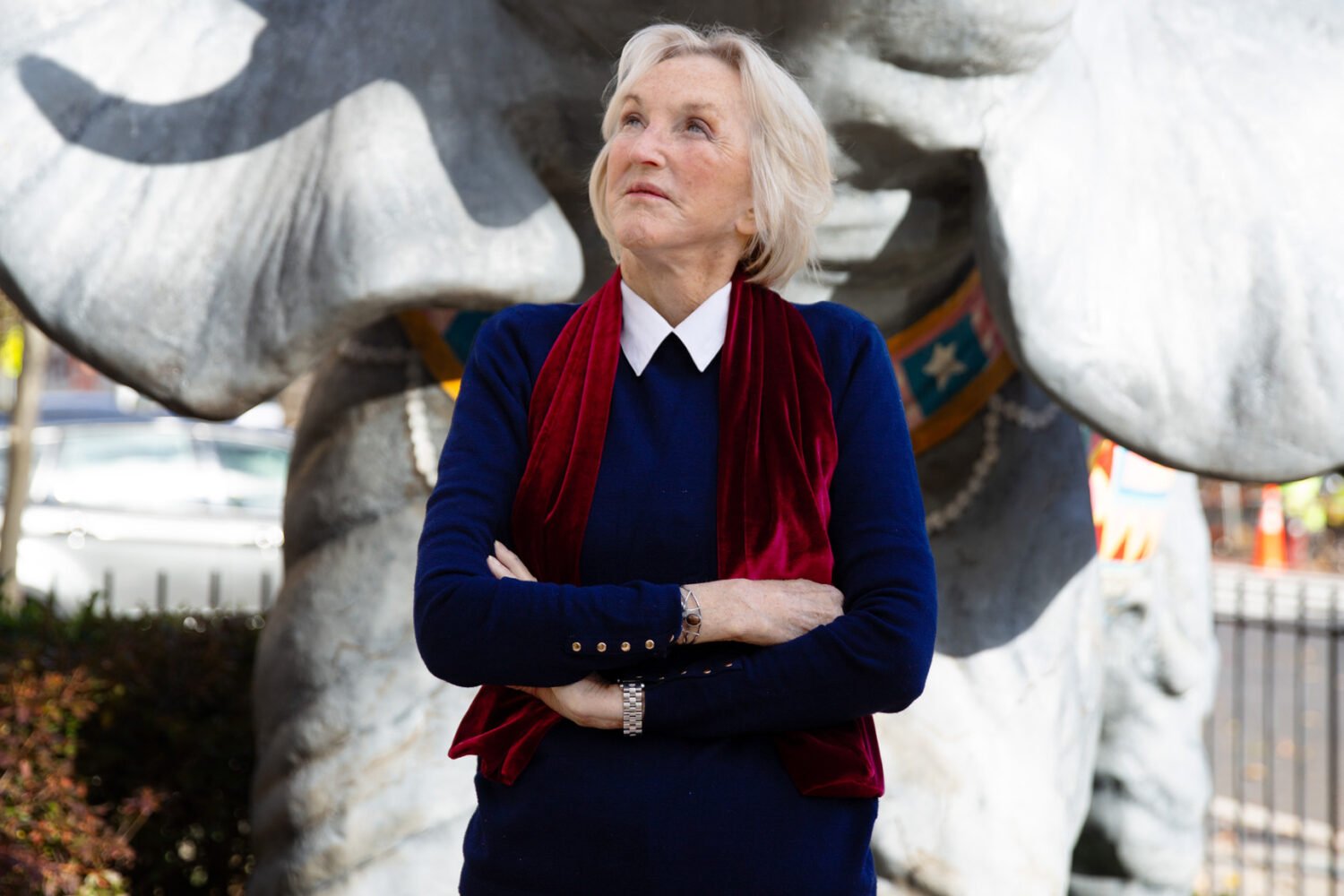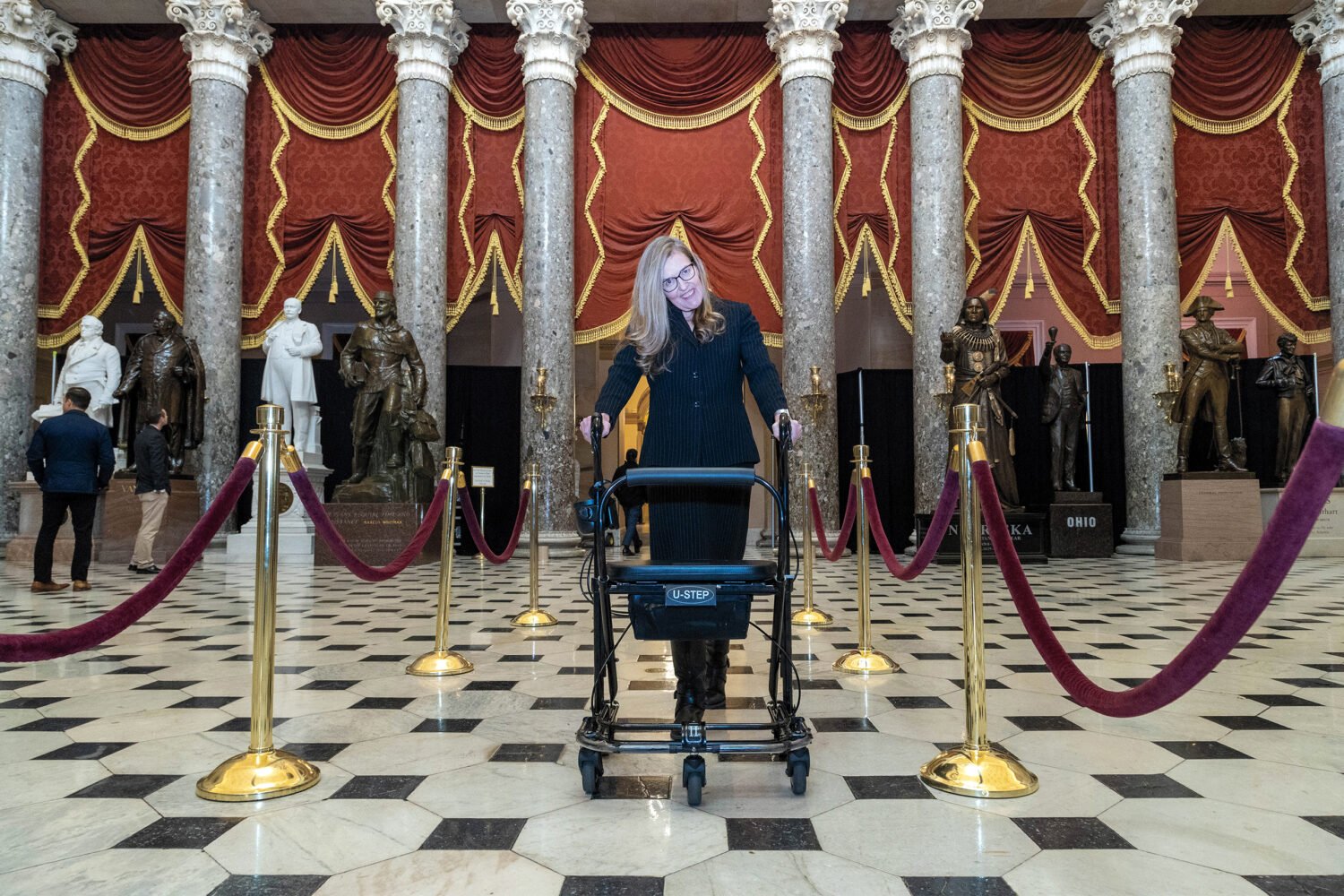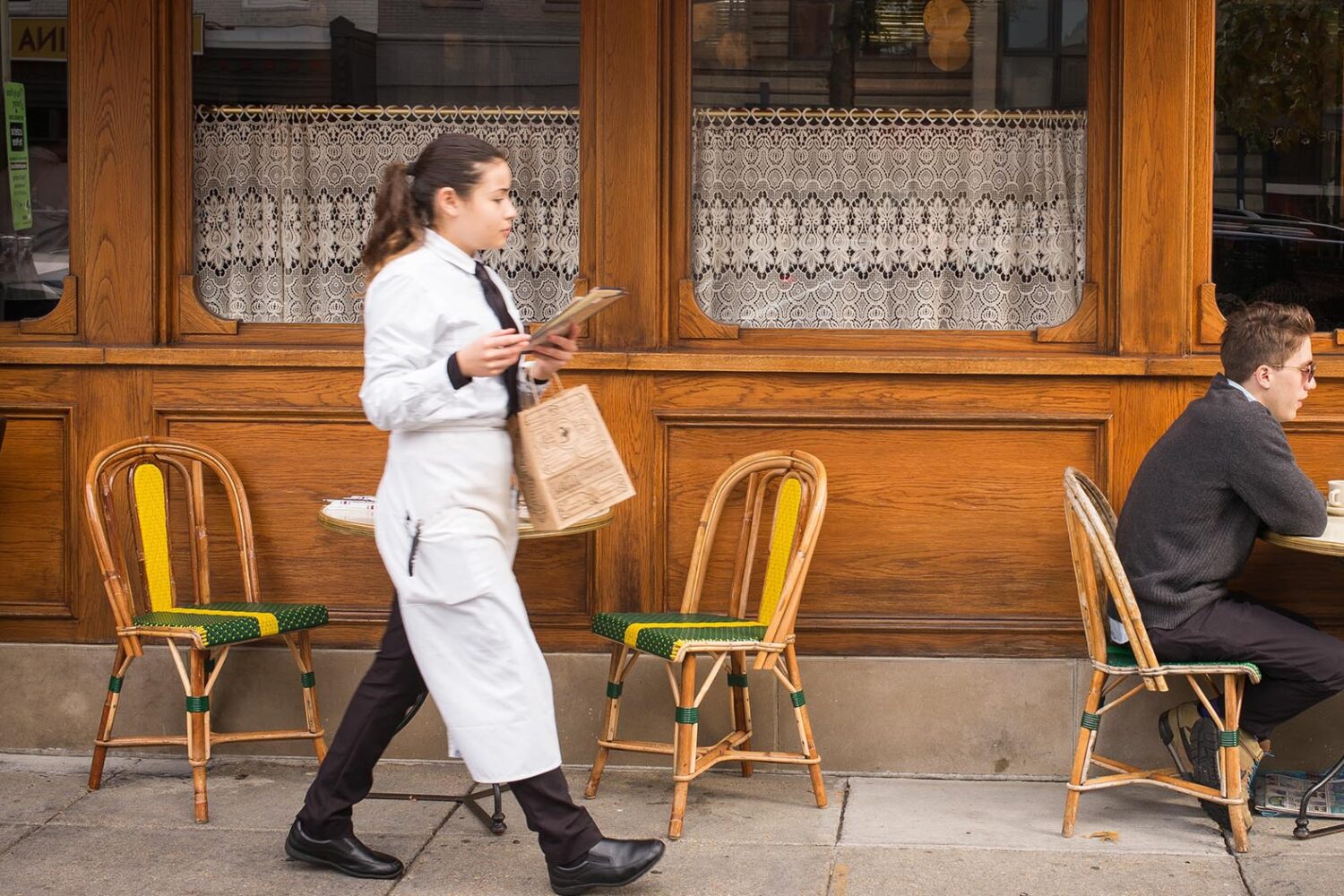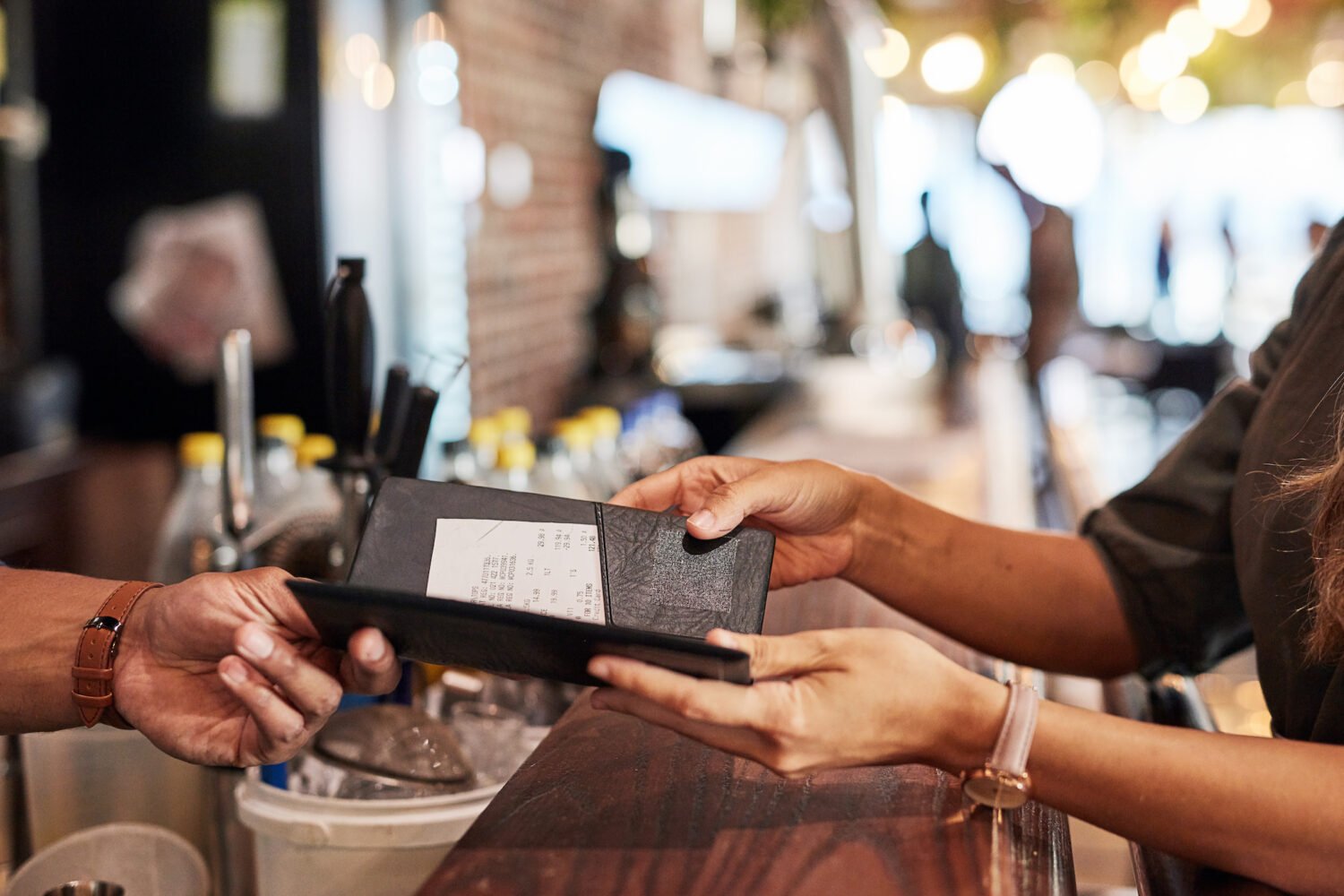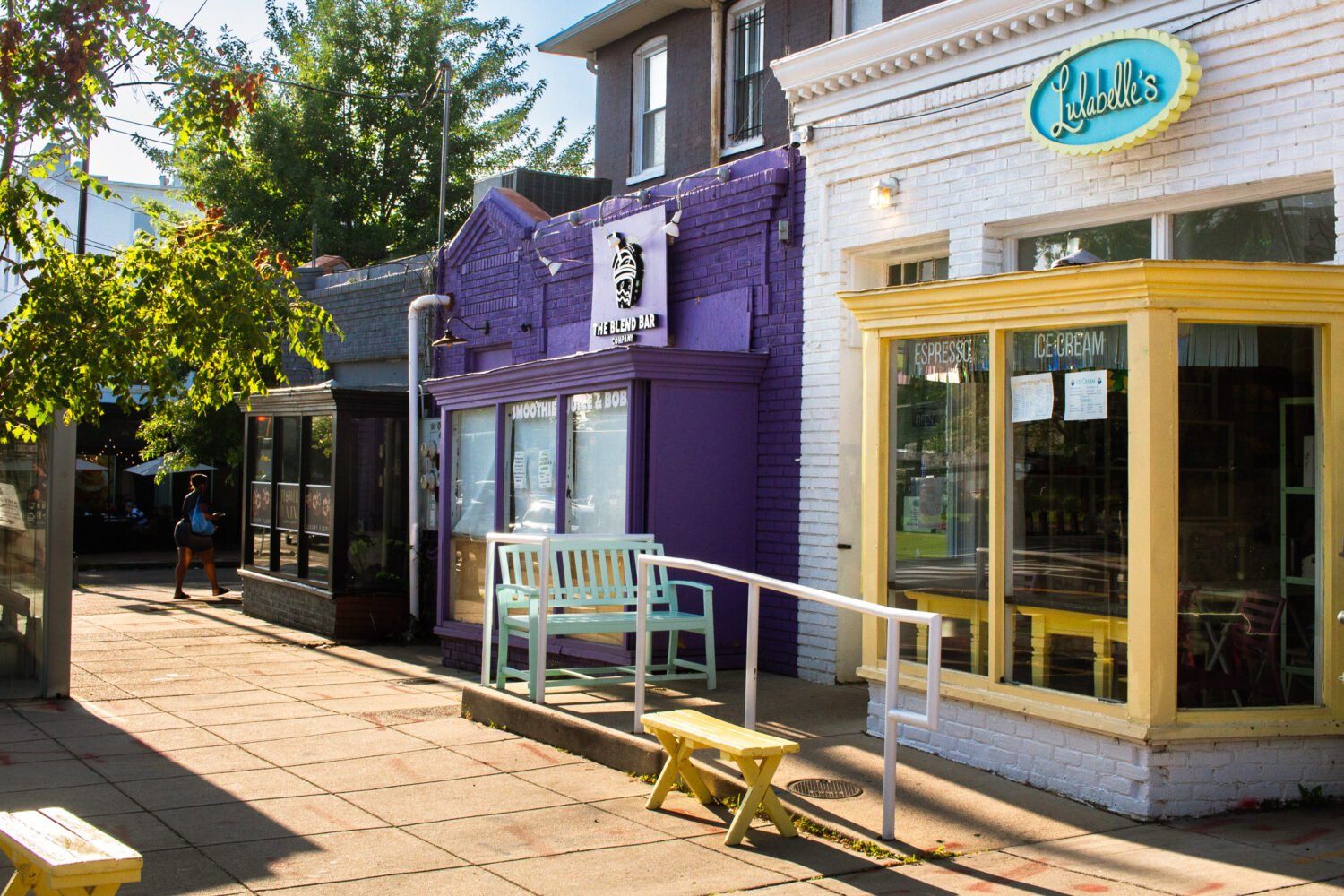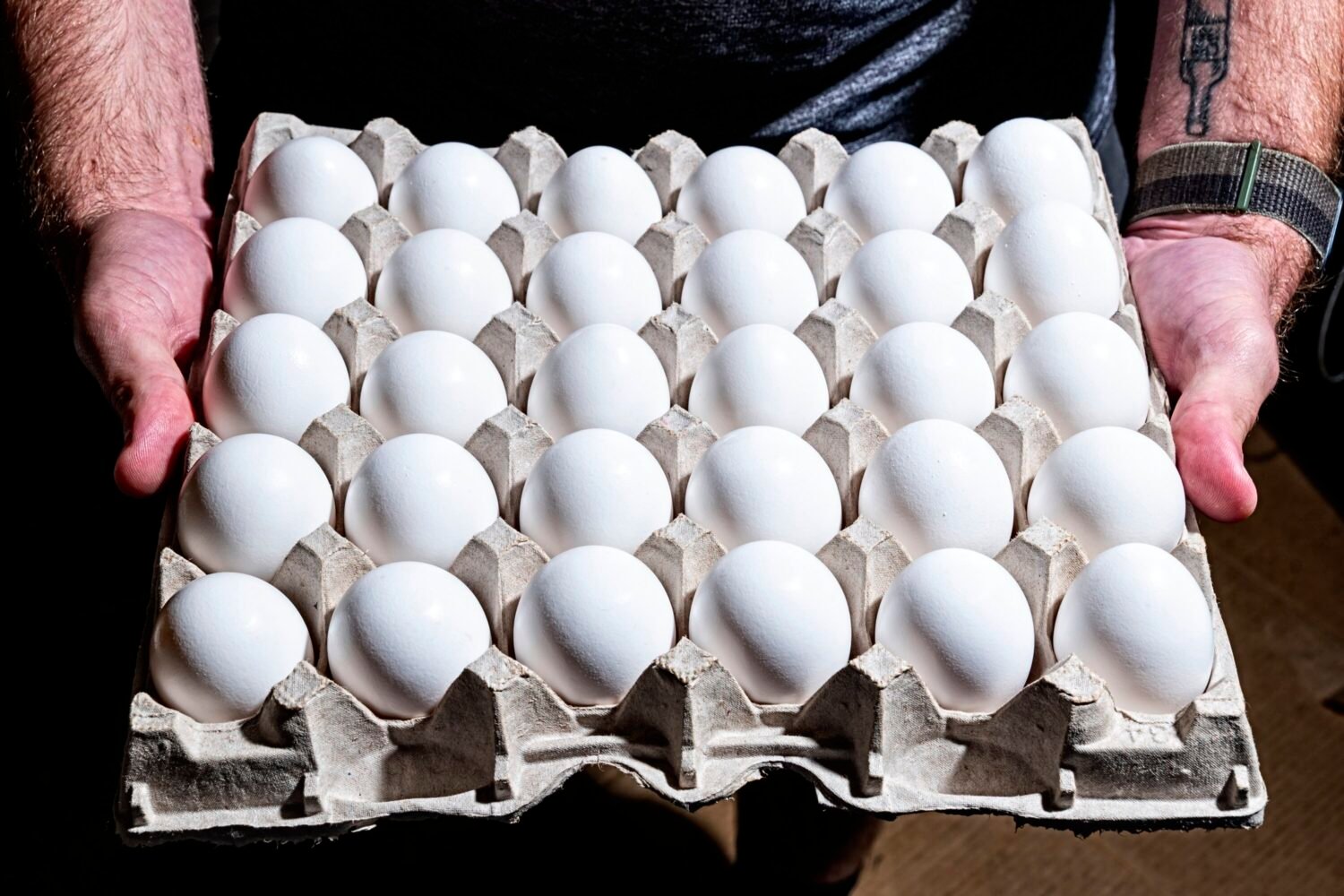Contents
Table 6 was upset. The four-top of thirty-somethings at the new Alexandria wine bar Virginia’s Darling didn’t like that they had to pay $3 per person for bread.
“Did you tell him it’s made in-house?” owner Nicole Jones asked their server after a man in the group complained. The server had. “Are they happy otherwise?” she asked. They sure looked like it: They were already well into their main courses with cocktails and a bottle of wine.
Jones headed to the back and checked her email. A one-star Google review had just popped up: “At $3 a person for ‘bread’ (aka a single 3” piece), I would not recommend this place. Overpriced and under-delivered.” Three people immediately liked the review. Table 6.
Restaurateurs rarely get the chance to look a customer in the eye and respond to a bad review in real time. So Jones walked over to Table 6. She introduced herself and apologized for their experience. She didn’t even attempt to explain how the baker she pays $25 an hour, plus health benefits, has to come in at 4:30 AM to bake that bread, or how it’s served with cultured European butter.
“I would like to buy the entire table dinner,” Jones said.
Give them the pickle. Jones had picked up the mantra from a fellow chef while working in fine dining at the start of her culinary career. Now it was the entire philosophy behind her Alexandria eateries, including Bagel Uprising and Mae’s Market & Cafe. If her staff had the chance to make the guests happy—an extra pour, a free dish for a long wait—then they should give them the pickle.
Except . . . the guy who wanted free bread refused her offer. Table 6 insisted on paying and left the one star. Jones later refunded the entire $250 meal anyway.
“I gave him the handmade dill pickles, and he passed,” she says. “He said, ‘No, thank you, I’d rather keep my one-star review and hate you.’ ”
Not that long ago, we were all declaring our undying love for the restaurant industry. For a fleeting period amid the Covid lockdowns of 2020, the public rallied around dining establishments like never before. They tipped wildly, donated to employee relief funds, and went out of their way for extra visits to their favorite spots. The pandemic laid bare the ugly underbelly of the industry—the lack of healthcare, the thin margins, the precariousness of it all—and people seemed to finally get it. Suddenly, the plight of the line cook and the server was front-page news, being discussed at the highest levels of government.
But somewhere along the way, as the mask mandates lifted and dining rooms filled again, a lot of that goodwill fizzled. Today, staffing struggles have led to subpar service. High costs mean higher prices. Here in DC, changes to the tipped wage have created a whole mess of confusion and sore feelings around service fees and gratuity expectations. Diners don’t feel as special. Restaurant folks don’t feel understood. The romance between the two sides is ready to implode with one more bad carbonara. Says AJ Johnson, owner of the cocktail bar Serenata: “You’re waiting for me to mess up. I’m waiting for you to say something crazy to me. It feels like a game these days.”

“You Have to Leave”
Tracey Moorhead, the CEO of a healthcare trade association, recently broke up with one of her favorite restaurants. She used to dine at a certain longstanding Alexandria place at least once a month. But these days, servers go MIA, the wrong cocktail shows up, or a dish never arrives at the table. “The service has not come back, and it really makes us sad,” she says. “We talk about that restaurant with fond memories, but we can’t bring ourselves to go back there.”
Moorhead has sworn off other spots, too. In late 2021, she and her husband sat at the bar at one highly regarded restaurant in Pentagon Row, but the bartender couldn’t even tell them what beers or bourbons they had. When her husband opted instead for a cocktail, he ended up with the wrong drink. Meanwhile, Moorhead’s half-full wineglass was topped off with a different wine than the one she was drinking. The food was cold. The staff was surly. The bill was $150. “To this day, it remains the single worst service experience we’ve had,” she says.
Moorhead gets it: Restaurants are short-staffed. Despite steady gains, industry employment numbers haven’t recovered to their pre-pandemic peak, and the number of hospitality job openings nationwide—nearly 1.3 million—is much higher than it was before Covid, according to the National Restaurant Association.
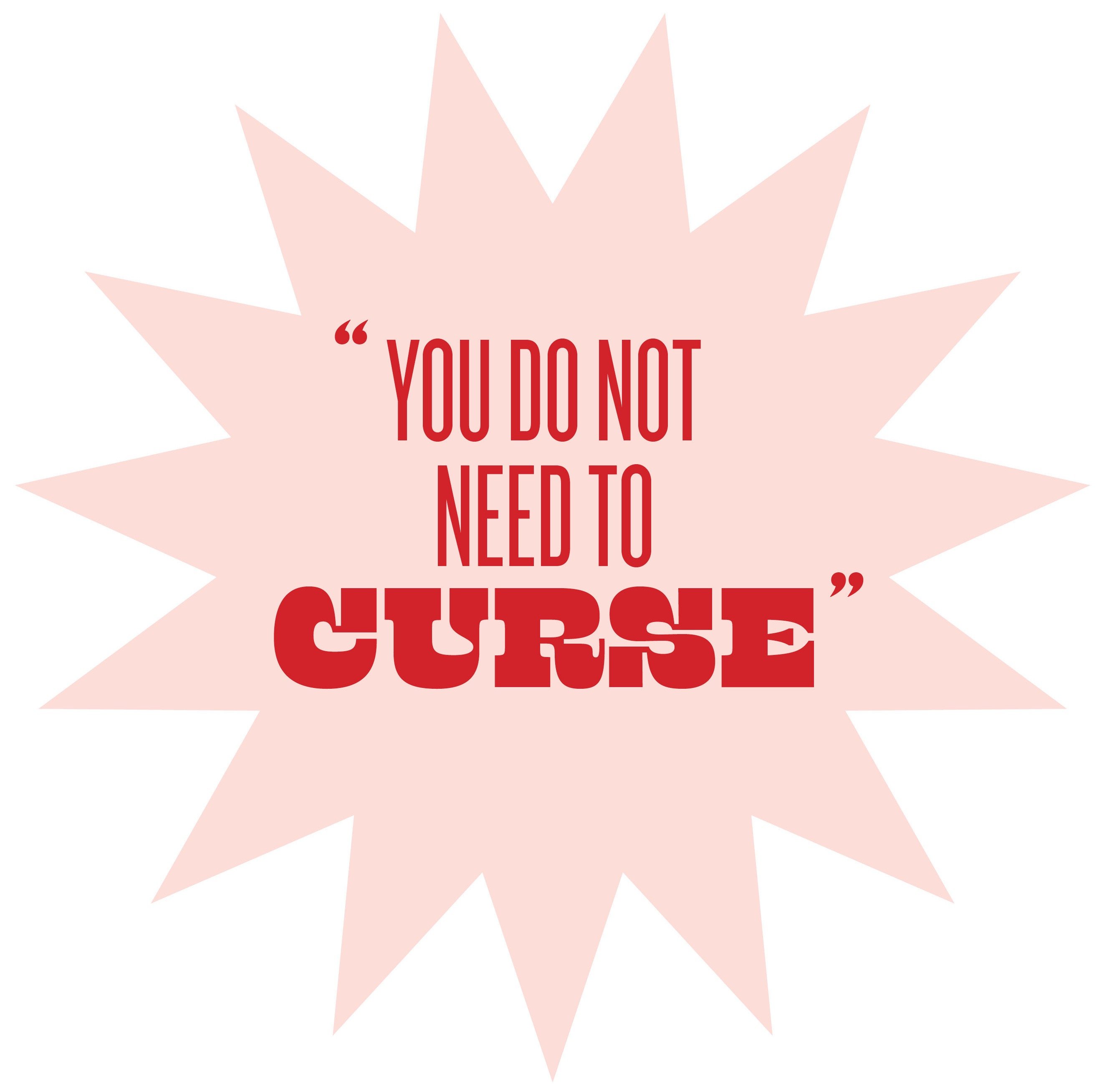
The labor shortage is an issue Moorhead confronts daily in her job working with nurses. Even so, a bad dinner is still a bad dinner. She’s cut back dining out three to five times a week to about once a week and sticks to trusted places.
Moorhead is not the type to Yelp or complain to a manager, but plenty are. Nationwide, Yelp reviews mentioning short staffing were up 229 percent in the first quarter of 2022 from the same time frame a year earlier. Plus, restaurant owners say, the tone of negative reviews has become increasingly aggro—shifting from the fish is salty and the service is slow to the fish belongs in a dumpster and the staff is evil.
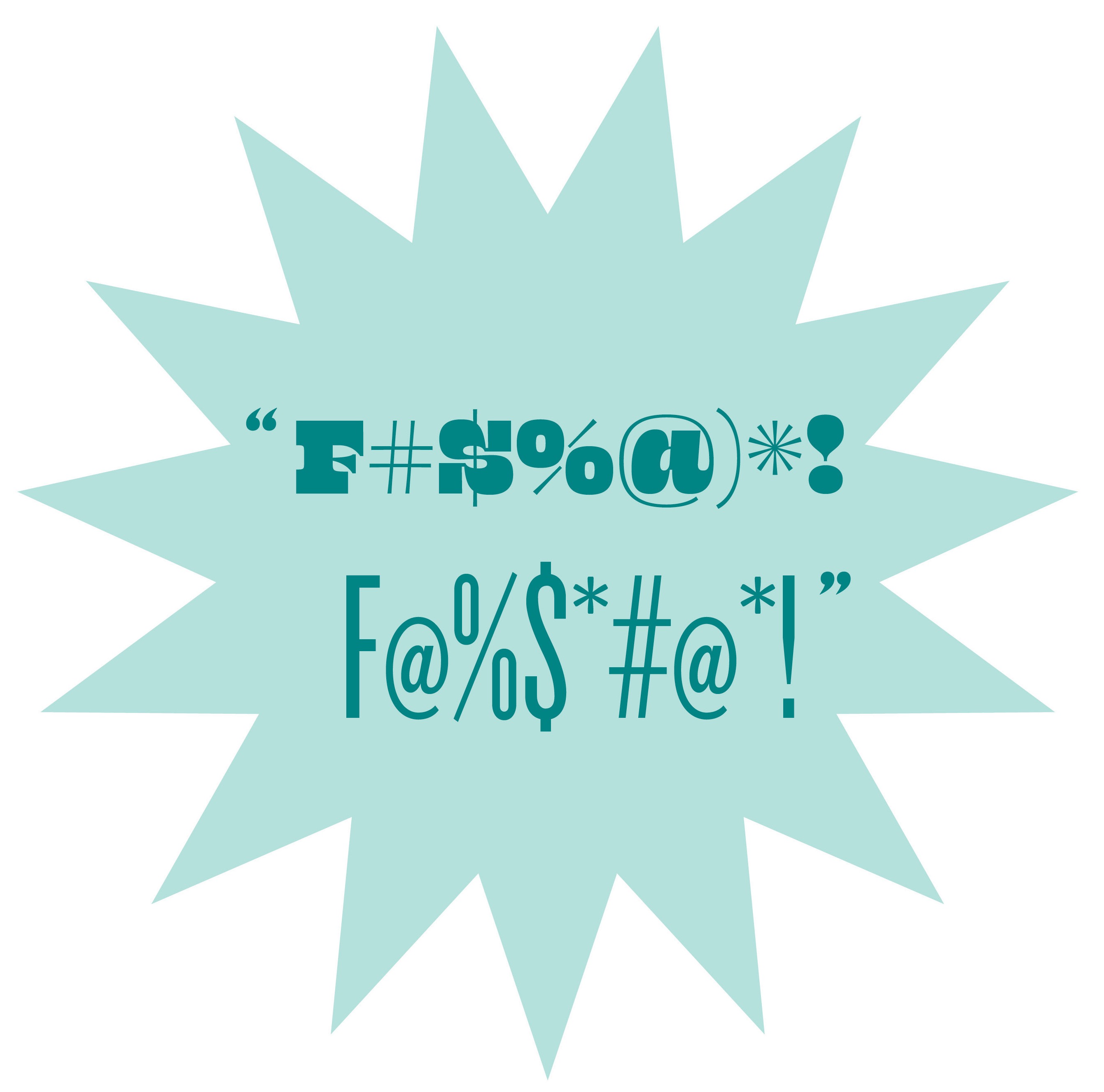
Recently, a young couple came into the popular Italian American restaurant Caruso’s Grocery in Capitol Hill without a reservation. General manager Abby Wortman said she could put them on the waitlist. “They talked amongst themselves, and the guy came up and said, ‘Why don’t you try not being a C-word?’ ” Wortman recalls. “I laughed. I couldn’t even react. And I was like, ‘You have to leave.’ ”
Don’t get people started on QR codes, either. If restaurants have a villain origin story, it probably starts with those pesky black-and-white squares that became ubiquitous during the pandemic. “People get really angry really quickly,” says Frederick Uku, co-owner of the Park View wine garden St. Vincent. Like one woman who lost her cool telling him she “absolutely f—ing hates” the QR-code system. “You do not need to curse because you’re mad at a piece of technology that you don’t understand. It’s a lot of that. The claws come out a lot quicker, and I think people expect us to just take it.” But Uku has no intention of getting rid of the QR codes, no matter how irate diners become tilting their phones at weird angles to scan the damn things. What customers don’t get, he says, is how unpractical and costly it would be to constantly print hundreds of paper menus to reflect an ever-changing, 260-bottle wine list.
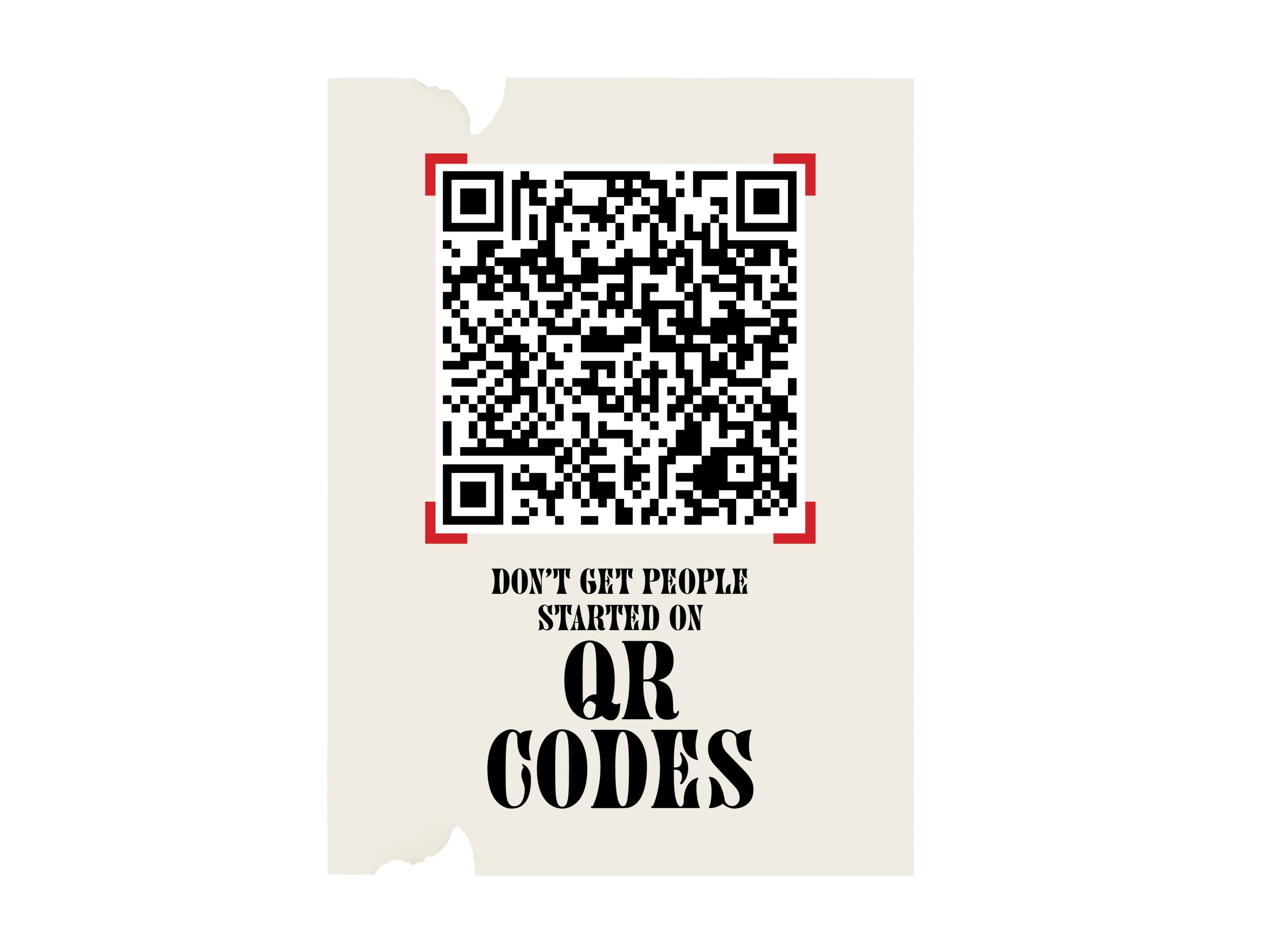
At least once a week, Uku says, he and his staff deal with “general dickish behavior” from customers. Sure, there have always been nasty people. But now, he says, “typically well-adjusted, well-intentioned people are tapping into that vein of nastiness a lot quicker than usual.” It’s not unique to dining out, either—just look at all the headlines about unruly passengers on airlines, unhinged parents in school-board meetings, or, really, the entire freaking political discourse.
“Covid took the snow globe and shook it, and then left it upside down,” Uku says. “We’ve all gone through the trauma of Covid. I’m not a therapist. None of my staff are therapists. So I don’t know why people expect us to be therapists.”
Jones, the Alexandria therapist, er, restaurateur, is well aware that service isn’t as great as it used to be. The veterans who left the industry during the pandemic have been replaced by a very young, very green hospitality workforce. “Restaurant employees are either weathered or they’re brand-new, and they don’t know any better,” she says.
At Virginia’s Darling, Jones hired a high-schooler as a hostess. It was the first day of the 17-year-old’s very first job when a woman requested she move another customer’s jacket from a barstool. The hostess said she wasn’t sure she was comfortable doing that, but she would find someone to help. “[The customer] was like, ‘I just don’t know why your host wouldn’t ask this man to move his stuff,’ ” Jones says. “And I said, ‘I’m so sorry, ma’am. She is 17 years old and this is her first day on the job.’ And she said, ‘Well, it shows.’ ”
For Jones, that epitomized the lack of empathy she regularly encounters. It’s particularly bad when it comes to delivery orders. In fact, Jones estimates that 60 to 70 percent of all the issues she’s had with customers have to do with takeout. Food arrives late or cold—because, well, that’s just what happens with delivery—and people call the restaurant, instead of the delivery companies, to complain. Or someone is mad that they ordered at 9 AM but can’t pick up their food until 11 AM because the restaurant is slammed with other orders. Or a customer’s chilaquiles get mushy during transport, so they write a review declaring it “quite possibly the worst food I’ve ever ordered.”
Jones has spent a lot of time psychoanalyzing what’s changed in the relationship between restaurants and diners. She believes part of it has to do with the way people started “supporting” restaurants rather than “patronizing” them. Especially in the early days of pandemic closures, eating out felt more like contributing to a charity than paying for goods or services—and consequently, Jones says, customers today feel “entitled to some sort of ownership or expectation in return. The food that you got somehow doesn’t feel like enough now, because you came once a week when we thought we were going to lose our asses.”
During that time, restaurants were also saying yes to everything in order to survive. Tasting-menu delivery? Sure! Cute cocktails to go? You’ve got it. Virtual wine clubs? Why not? “We were like, ‘Here you go, here you go. Here we go,’ ” Jones says. “And now we’re like, ‘Well, we don’t do that anymore,’ or ‘We’ve changed.’ I think that what it’s created is this environment where the guests feel snubbed.”

“Why Does It Cost This Much?”
Tom Snitch, a university administrator who lives in Bethesda, used to eat out at least once a week before the pandemic. Nowadays, it’s more like every three months. His wife, who works for a defense contractor, sometimes picks up the tab when she dines out with friends. “She brings home these bills that are astounding,” Snitch says. “How did four people spend $900? ‘Well, you know, we had a bottle of wine and some drinks and then someone had a tomahawk steak.’ ”
Snitch has been hosting a lot more dinner parties—at least two or three times a month. He’s a math-and-science guy with multiple degrees, so naturally he has crunched the numbers. He scribbled down for me all his costs on a recent dinner for six that included salmon, sides, wine, and his homemade Basque cheesecake. The total: $79. His estimate for the same meal at a restaurant: $466. “Add in very noisy places, unhappy staff when they are around, and the hassle of parking or Uber?” he says. “No, thanks.”
“How did four people spend $900?”
It’s no big secret that it’s cheaper to eat at home. But what seems different now is that everyone is turning dinner into a math problem. If you multiply the espresso martinis with friends but subtract one $16 sad-desk salad, are you still stressed about your rent payment? If the price of chicken wings doubles and you raise the wage of your line cook by $4, can you still make a profit on happy hour? Sure, people intellectually grasp why supply-chain breakdowns and rising wages mean higher restaurant prices. But when the bill arrives, it all adds up to a lot of sticker shock.
Pre-pandemic, Wortman, manager of Caruso’s Grocery and neighboring food hall the Roost, was a bartender at the Partisan in Penn Quarter. She rarely had to justify why the burger cost $20 and didn’t come with fries. Now she finds herself explaining daily how using high-quality ground beef and other factors means higher prices. “I think people back before Covid just went out and expected, ‘Oh, it costs this much because it does,’ whereas now it’s like, ‘Why does it cost this much?’ ” she says. “We’re two blocks away from McDonald’s. They’re like, ‘I can get a burger down the street for $5.’ ”
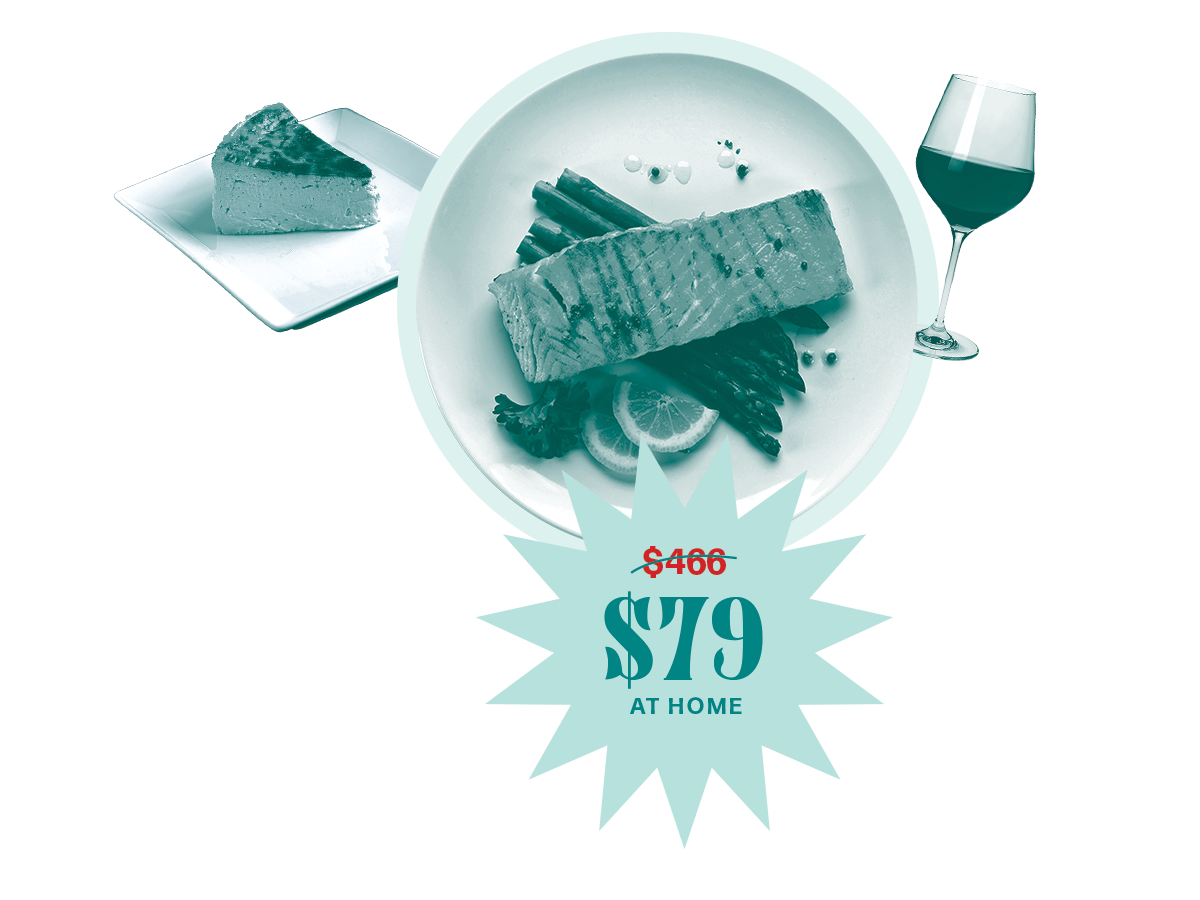
When customers are paying more, Wortman says, some think their opinions should matter more, too. Earlier this year, she encountered one guest who felt entitled to a coveted booth at the Roost because he was spending more than others camped out with their laptops. He literally went around asking other customers how much they spent, then sat himself at one woman’s booth, attempting to interrupt her conference call. Wortman had to ask him to leave. He told her the business was going to fail.
Over at the Latin cocktail bar Serenata, owner AJ Johnson finds that higher prices mean customers expect a flawless experience, and maybe even a little freebie on top: “It’s got to be absolutely perfect or else it’s like zero to 100, now I don’t know why I’m leaving this [tip] for you.” Restaurateur Greg Casten—who operates Ivy City Tavern and Tony and Joe’s Seafood Place in Georgetown, among others—says he increasingly sees people expecting full comps if something is off about their meals.
“The common line is ‘What are you going to do about it?’ And they push the check at you,” he says. “You said the steak was overcooked. You ate the whole steak. We brought you another steak, you ate that steak, we charged you for one. What do you want me to do about it?”

“I Just Didn’t Understand”
Pretty much everyone understood the old norms of tipping: You left about 20 percent, and the money went directly to the service staff. Last fall, however, DC voters approved Initiative 82, which will eliminate the “tip credit” that allows businesses to use gratuities toward workers’ base wages.
The law, which will phase out the tipped minimum wage over the next few years, means local restaurants are moving from paying servers, bartenders, and other tipped workers at least $5.35 an hour to paying a universal minimum wage of at least $17. To make up for those new labor costs, many restaurants have introduced mandatory fees. Currently, they’re all over the place—from 3 to 22 percent—leaving many diners unsure about what, if anything, they should tip on top or where that money is actually going. Most restaurants aren’t that great at explaining.
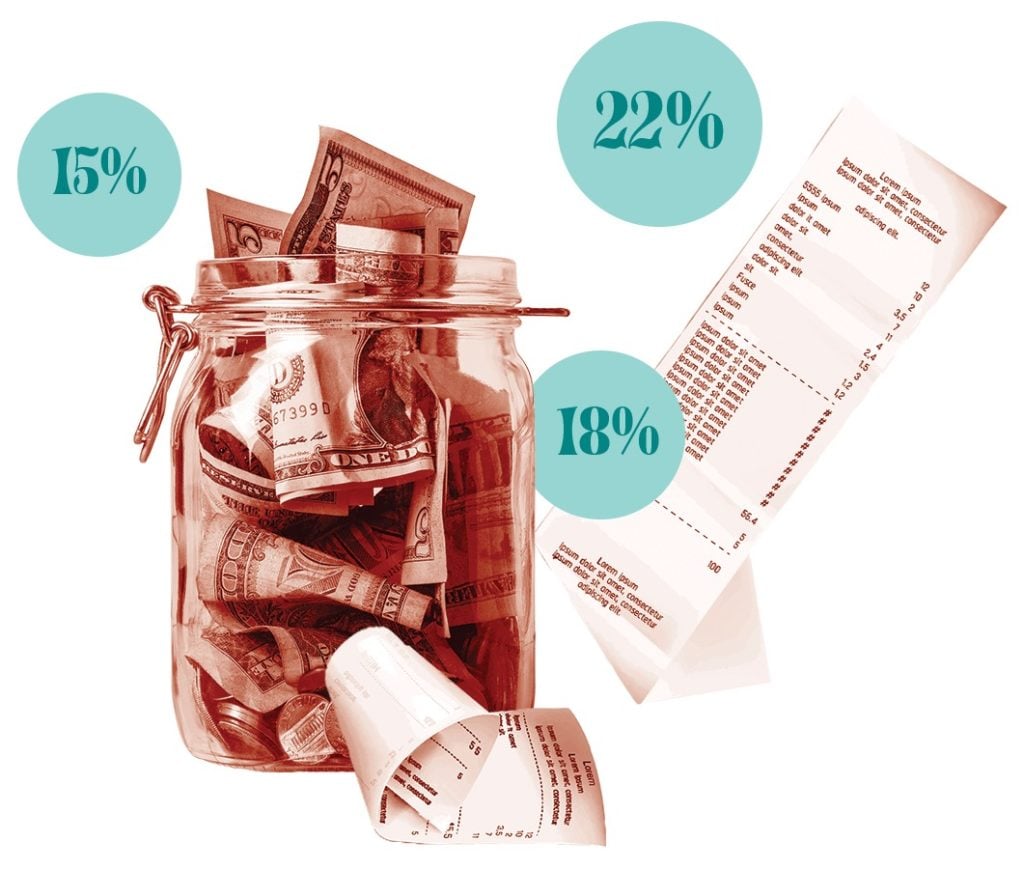
A DC lawyer named Brian—who asked to withhold his last name because he works for the federal government—says he encountered a 20-percent service fee for the first time at the since-closed Italian restaurant Tigerella in Foggy Bottom. He and his dining companion found themselves frantically Googling how much to tip, hoping to find an answer before the server came back. “It was very stressful,” he says, “Not really the way I wanted to remember that evening.”
Another time, at the Cuban cafe Colada Shop, Brian noticed a 4-percent fee after he’d already tipped on his takeaway order. It made him feel like he’d been cheated. The next time he went, he didn’t tip at all—but that just left him feeling guilty. “I realized that both times I had been there, I walked out feeling badly about how much or how little I had tipped, so I decided it would be better to just not go back,” he says. He compares it to the sci-fi film WarGames, about a military supercomputer that almost starts a global thermonuclear war: “At the end, the computer concluded the only way to win is not to play. It kind of feels like that’s the lesson with service fees, at least for me.” Now he tries to avoid restaurants with service fees altogether if he can.

One of the places Brian undoubtedly would avoid is St. Vincent Wine, where the only thing people complain about as much as QR codes is having to pay a 20-percent service fee when no server is taking your order. Owner Uku is constantly trying to explain to customers how the funds go exclusively toward higher wages for his entire staff, from the dishwashers to the cooks. After Initiative 82 passed, he got into a back-and-forth with a UK native and DC resident who’d voted for it. “He said, ‘Well, in Europe . . . .’ I flatly looked at him and said, ‘We’re not in f—ing Europe,’ ” Uku says. “As soon as I said that, I realized, okay, it’s time for this interaction to end. I said, ‘You know what, sir? If you don’t like it, feel free to not return. Have a nice night.’ ” Uku turned around and walked away.
The upscale Hong Kong–inspired restaurant Queen’s English in Columbia Heights previously charged a 4-percent “wellness fee” for staff benefits (it’s now a 6.5-percent “Initiative 82 fee”), but servers still depend on traditional gratuities. The problem lately is that at least once a week, someone will leave no or very little tip. The owners will then ask if there were any issues, says chef/owner Henji Cheung, and “nine out of ten times, they’re just like, ‘I am so sorry. I just didn’t understand.’ ”
Recently, though, Cheung took to Instagram to call out a diner who’d left a 6-percent tip—a quintessential example of how misunderstandings and exasperation can escalate into conflict. In screenshots of a text-message exchange that the chef shared publicly, the restaurant owners asked the diner if something had gone wrong with the meal. The diner noted there was already a fee on the bill. Things devolved from there. The owners informed the diner of “customary” tipping norms. The diner offered to send extra cash but threw in a jab: What kind of employer is making “huge profits” but leaves it to customers to pay their employees health insurance?
That sent Cheung and Thompson reeling. No, they definitely were not making huge profits. They’d added the wellness fee as a way to be transparent about benefits that traditionally have not been a norm in the industry. They were trying to do right by their staff, and this guy was the one stiffing them. The diner suggested they just add a 20-percent service charge: “This will also save you the time and energy in not needing to contact your customers after they’ve left your restaurant.”
In response, Cheung offered his own commentary on Instagram: “Sir your suggestion is like an A**hole, everybody has one and it all stinks,” he wrote, tagging the diner’s employer.
Cheung says he probably could have been more professional, “but I’m glad I did do it, because in my mind, I’m not going to let that fly.” The new generation of restaurant owners isn’t afraid to speak up. That old adage that the customer is always right? “That’s just so antiquated.”

“Can’t We All Just Get Along?”
Maybe, maybe, this is all a phase. Eventually, the trauma of the pandemic will heal. Inflation will cool and people will get accustomed to what things really cost. The industry will reach some sort of staffing equilibrium. New, clear norms will be established around tipping. Right? Right?
“There’s no template for this,” says Uku from St. Vincent Wine. Still, count him in the optimist camp: “We’re all just going to have to get a lot more patient as the market corrects and businesses try to figure out how to still be profitable and viable.”
When I pose a similar question to Brian, the lawyer who avoids restaurants with service fees, he isn’t so sure. Take tipping: Were there actually established norms to begin with? He used to think it was socially acceptable not to tip on a pickup takeout order. Then he’d see articles stating, Of course you have to tip! Or tip 10 percent or tip $3. And did anyone ever really agree on whether you’re supposed to tip pre- or post-tax? “I hope we reach a norm but, eh, I’m just not sure,” he says.
For her part, Jones feels a little less romantic about her industry. She used to believe that if you served good food in an environment that made people happy, it didn’t matter if your walls needed to be painted or your menu had misspellings. Diners would forgive just about anything—and if there was a problem, you could always just give them the pickle.
“We’re all just going to have to get a lot more patient.”
“Those are the things that have mattered, and for me the money has always followed,” she says. “Now I don’t behave that way at all. I’m a businessperson first. Depending on what kind of person you are, you might read that and be like, ‘Great, she [grew] up’ or ‘Great, she had the rose-colored glasses pulled off.’ But it’s just less bright than it once was. It’s always been hard. I just can’t remember a time where it was this hard.”
This spring, Jones closed her biscuit restaurant, Stomping Ground, and replaced it with a breakfast-taco joint called Rubia’s. The original business was technically still profitable, she says, but she dreaded going in. The baked goods required a lot of work—a true labor of love. But tacos? The margins are better, and it’s a lot easier for her staff to do high-volume takeout orders.
Leading up to the closure, Jones published an open letter with some candid thoughts about the “post-Covid guest”—a new breed of customer who demands refunds for slightly subpar delivery food, bemoans prices while expecting the best ingredients, and leaves one-star reviews when a favorite menu item is out. But that opened up a whole new drama, she says: “I received hate mail like, ‘You deserve to be out of business. I supported you through the pandemic and your greedy little biscuit place. I will never patronize any of her businesses ever again.’ ”
Hold the pickle.
This article appears in the August 2023 issue of Washingtonian.
